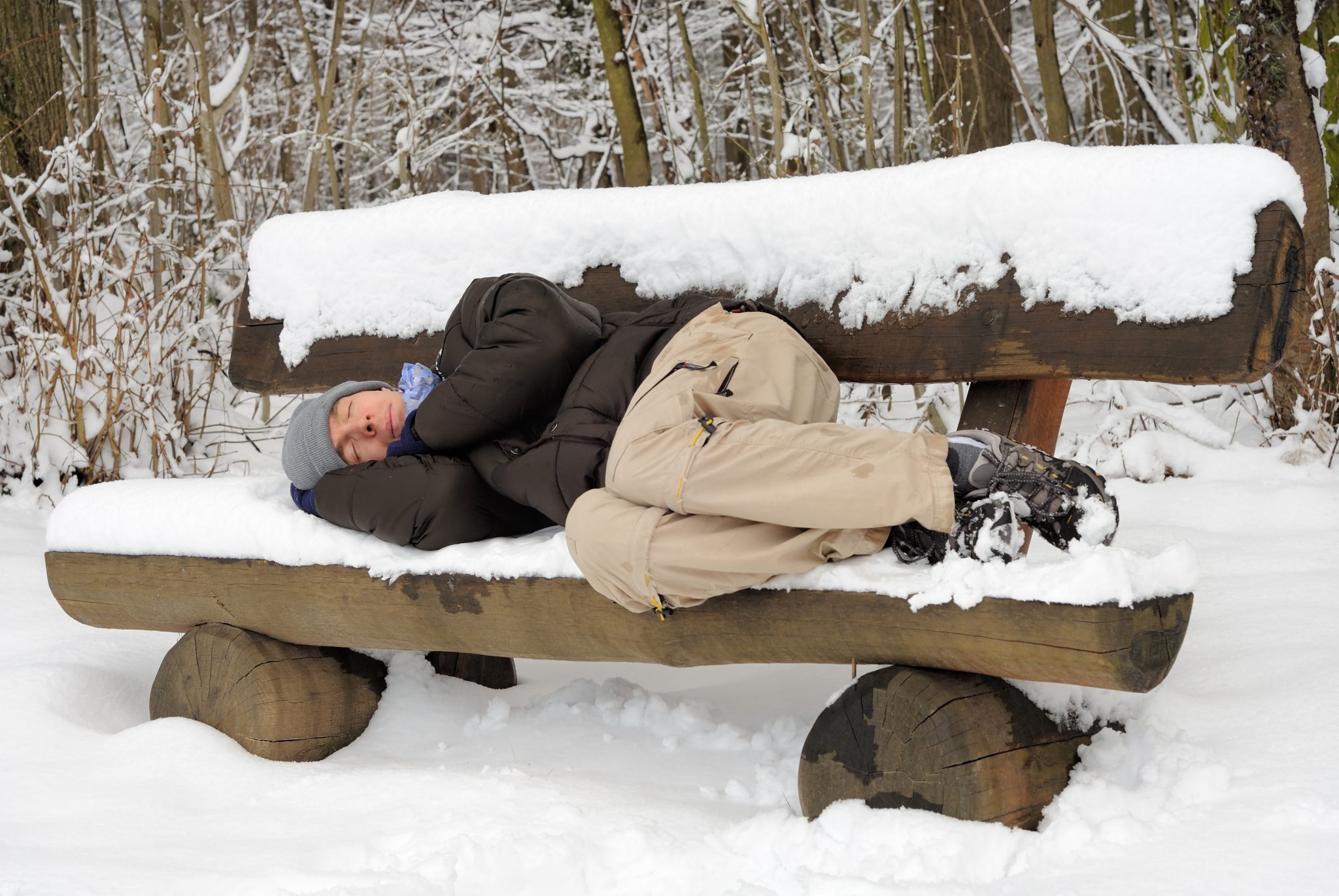From means testing for athlete funding to avalanche beacon gates at every resort to compulsory critical incident support protocols. Five things I wish for skiing.
I love the ski industry. It has brought me a community I call home and a global family. But I realise it is not accessible to everyone and it is flawed. A girl can dream and dream big, so if I could change the ski world, this is where I would start.
Diversity
We are not #blessed to go skiing, we are #privileged and it’s time we understood the difference. There’s a reason that diversity is hard to find on a ski slope in the western world and it has a lot to do with socio economic privilege. Chances are, according to statistics, if you’re skiing or boarding on a mountain then you’re white, middle classed and male.
Gender diversity would be a good thing, especially at top level management and on ski industry boards where women can provide an alternative and complementary perspective, not to mention that 85% of household consumer decisions, including family holidays, are made by women.
Cultural diversity would be another. Don’t get me started.
Of course so many of these roads lead back to the continual rising cost of skiing. Address that and the world of skiing and snowboarding may not continually be seen as elitist.
Backcountry gates with avalanche beacon access only
Thirty people died in avalanches in the 2015/2016 season in the USA, seventeen in Canada in the same season and over one hundred died in avalanches in Europe in 2014/2015. The backcountry and side country is so accessible from many global resorts and powder mania means poor choices from ill informed skiers and boarders who think they know better, but don’t.
I would love to see the backcountry beacon activated gates found at Sunshine Village in Banff installed in every resort where backcountry gates exist. The gate only opens if you have a transceiver and it is switched on.
I realise the logistics to this endeavor would be huge but the very act of having to track down a beacon, rent or buy or borrow, means you might just approach the backcountry powder with some brevity and make some wiser decisions.
A uniform Compulsory Critical Incident Support Protocol for all resorts
Critical incidents happen. Some lead to death (39 people died on a ski hill in the USA in 2015/2016) and some lead to catastrophic injuries including paralysis, broken necks, broken backs and life altering head injuries (45 occurred in the 2015/2016 season) and that doesn’t include the accidents that happened on a hill and ended in death in the hospital later.
With critical incidents comes trauma, for those who witness and experience the incident and first responders both medical and volunteer fellow skiers and boarders. Trauma must be acknowledged and addressed with compassion and care and the experience validated by professional psychologists and counsellors. The earlier and sooner the better to prevent longer term post traumatic stress symptoms.
But not all ski resorts are the same and not all critical incident support protocols are equal. Some resorts only offer it for their employees and not for the living victims or members of the public that experienced the trauma, others have an on site psychologist dedicated to critical incident support, some have nothing.
Ignore critical incident support protocols at your peril and you’ll end up with long term traumatized staff members and guests who won’t return.
Means testing for funding
Snow sports, especially in Australia, have limited government funding for athletes looking to train with a goal to compete for their country. All FIS dollars are channelled back into the athlete pyramid for those winning the medals and it just gets complicated to even understand.
What I do know is that skiing is a sport of the privileged and once kids get good and want to compete their future athlete life is often determined by the bank account of their parents. Those whose parents can afford it, get sent to training camps in Europe, boarding ski schools in the USA, on freestyle tour from terrain park to terrain park across North America. Those whose parents can’t, don’t.
Even if they are the most talented in their age bracket and potential future Olympians, the haves and the have nots will determine if they progress or give up and head back to the skate park where it’s free.
Means testing will mean those who don’t need the funds won’t get the majority of the funds simply because they’ve had more cash thrown at them to increase their skiing and snowboarding level, and those that do need the cash to get there, will get it. Theoretically this creates a more level playing field. In practice I just imagine parental mayhem at fifty paces.
Affordable housing
Two words, affordable housing, that just simply don’t go together in so many ski towns of the world. So much has been written and said about this already and some towns do this better than others. Provide reasonable and decent accommodation for the seasonal workers that make that town run and keep skiers and snowboarders smiling.
There are ways, there are sustainable ways, property greed will be the end of the ski industry if this does not happen. If it does happen then that cultural and socio economic diversity issue may also be addressed at the same time.






